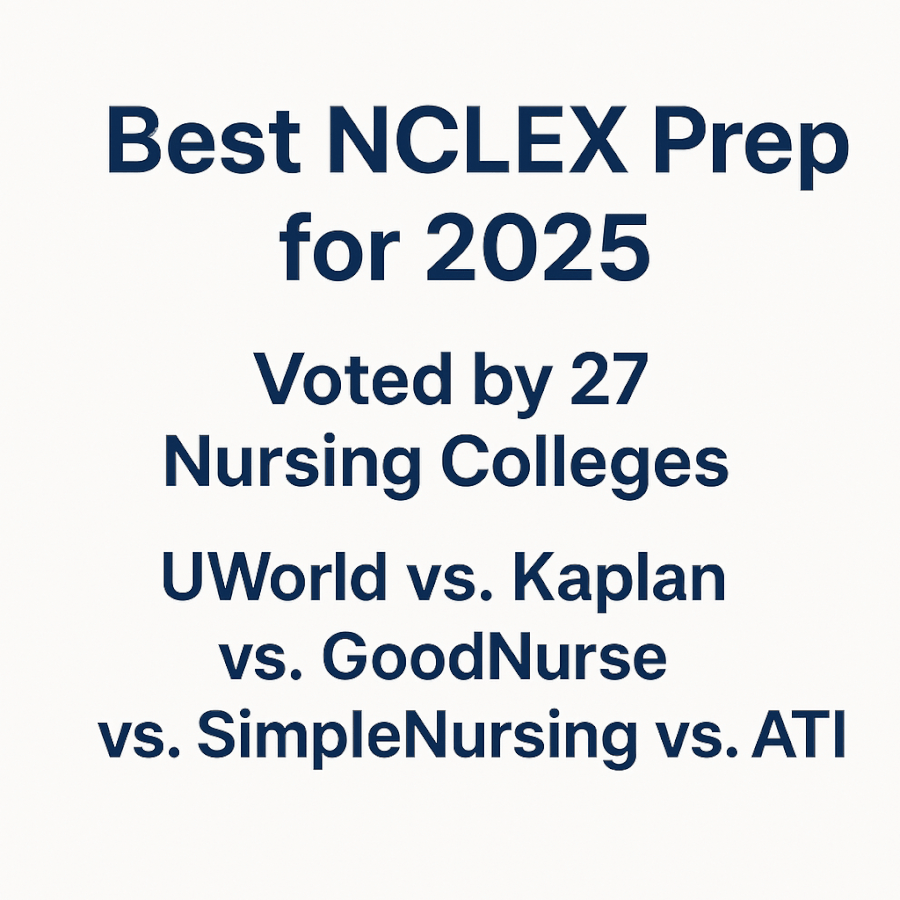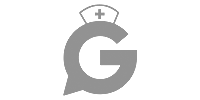Pharmacology is one of the most challenging parts of nursing school and NCLEX prep. From memorizing drug classes to recalling side effects and contraindications, there’s a lot to keep track of. In this article, we’ll explore nursing pharmacology mnemonics—simple memory aids that help you quickly recall drug information when it matters most.
🎯 Free NCLEX quiz on this topic!
Test your knowledge after you finish reading.
Table of Contents
- Why Pharmacology Mnemonics Are Helpful
- Must-Know Mnemonics by Drug Class
- Using Mnemonics Effectively
- Supplementing Mnemonics with Practice
- Additional Resources
- Conclusion
Why Pharmacology Mnemonics Are Helpful
- Boost Recall: Mnemonics use patterns, abbreviations, or visual cues to help you retain complex drug information.
- Reduce Stress: Quickly recalling key details gives you more time for critical thinking on exams and in clinical settings.
- Build Confidence: When you know your drug facts, you’ll feel more assured administering medications or answering exam questions.
Pro Tip: If you need more detailed explanations beyond mnemonics, explore the GoodNurse AI Q&A feature. It’s available 24/7 for instant clarifications on tricky pharm topics.
📚 Need help with more than just pharm mnemonics?
Explore The Ultimate Nursing Vocabulary and Key Concepts Guide (2025) — your go-to resource for mastering the full range of NCLEX terms, definitions, and clinical concepts.
Must-Know Mnemonics by Drug Class
1. Beta-Blockers: “LOL Makes the Heart Rate Slow”
- Example Drugs: Metoprlol, Atenolol, Propranolol
- Mnemonic Meaning: All beta-blockers end in “-lol.” They decrease heart rate and blood pressure by blocking beta-adrenergic receptors.
2. ACE Inhibitors: “-PRIL Puts the Pressure Down”
- Example Drugs: Enalapril, Lisinopril, Captopril
- Mnemonic Meaning: Pressure Reduced In Large vessels. They lower blood pressure by preventing angiotensin II formation.
3. Calcium Channel Blockers: “Very Nice Drugs”
- Verapamil
- Nifedipine
- Diltiazem
- Mnemonic Meaning: These drugs dilate blood vessels and slow the heart rate, reducing workload on the heart.
4. Diuretics: “DIM the Fluid Volume”
- Diuretics
- Increase
- Micturition (urination)
- Mnemonic Meaning: Loop diuretics (e.g., furosemide) or thiazides (e.g., hydrochlorothiazide) help reduce fluid volume, easing edema or hypertension.
5. Anticoagulants: “Heparin Works FAST, Coumadin LASTS”
- Heparin: Immediate effect, usually IV or subQ.
- Coumadin (Warfarin): Takes days to reach full effect.
- Mnemonic Meaning: Heparin is for acute management; Warfarin for long-term prevention. Always monitor lab values (PTT for heparin, PT/INR for warfarin).
6. Antibiotics (Penicillins & Cephalosporins): “Cross Allergy Alerts”
- Penicillins often end in “-cillin” (e.g., Amoxicillin).
- Cephalosporins frequently begin with “Ceph-” or “Cef-” (e.g., Cephalexin, Ceftriaxone).
- Mnemonic Meaning: Patients allergic to penicillins may be allergic to cephalosporins, too. Always check allergy history.
7. Opioid Analgesics: “MORPHINE CAN Control Pain”
- Miosis (pupil constriction)
- Out of it (sedation)
- Respiratory depression
- Pneumonia risk (due to sedation, aspiration)
- Hypotension
- Infrequency (constipation, urinary retention)
- Nausea
- Emesis (vomiting)
- Mnemonic Meaning: Remember the main side effects and watch respiratory rate closely.
Using Mnemonics Effectively
- Write Them Down: Repetition cements them in your memory—especially for visual learners.
- Say Them Out Loud: Vocalizing the mnemonic can help auditory learners.
- Apply in Practice: When reviewing medication charts or prepping for a test, recite the mnemonic and link it to real examples.
- Teach Others: Teaching classmates or colleagues a mnemonic reinforces your own knowledge.
Supplementing Mnemonics with Practice
Mnemonics are a shortcut to memorizing key details, but practical application is crucial for mastering pharmacology:
- Do Practice Questions: Put your recall to the test. GoodNurse’s question bank covers hundreds of NCLEX-style pharm questions with detailed rationales.
- Use an AI Tutor: When a drug concept still feels fuzzy, type your question into GoodNurse. You’ll get immediate clarifications or deeper explanations.
- Review Lab Values: Certain meds (like anticoagulants or diuretics) require lab monitoring. Understanding normal lab ranges helps you interpret drug efficacy and safety.
Additional Resources
- NCLEX Official Page: Visit the NCSBN website for exam updates and official guidelines.
- Textbook References: “Pharmacology for Nurses” by Adams or “Basic Pharmacology for Nurses” by Clayton are classic go-tos for deeper reading.
- Flashcard Apps: Tools like Quizlet or Anki let you create and share mnemonic sets to keep your memory sharp on the go.
Conclusion
Nursing pharmacology mnemonics can drastically reduce study time and boost your confidence in both clinical practice and exam settings. Whether you’re tackling NCLEX questions or caring for real patients, having a quick recall of drug mechanisms and side effects is invaluable.
Remember: Mnemonics are just a starting point—pair them with in-depth practice, Q&A, and real-world application. For round-the-clock support, check out GoodNurse.com. Their AI-driven explanations, practice questions, and on-demand help ensure you’re fully prepared to handle any pharmacology challenge that comes your way.
Disclaimer: Always follow your nursing program’s protocols, facility policies, and up-to-date pharmacology resources. This guide is intended for educational purposes and does not replace professional medical judgment.






